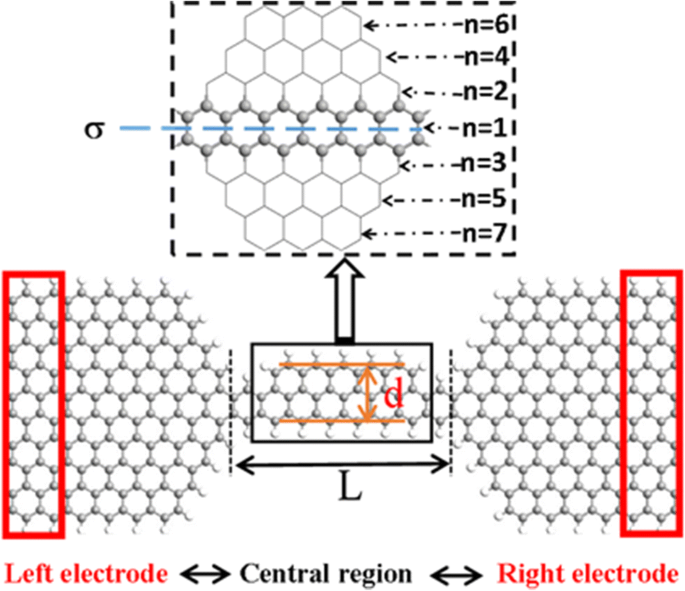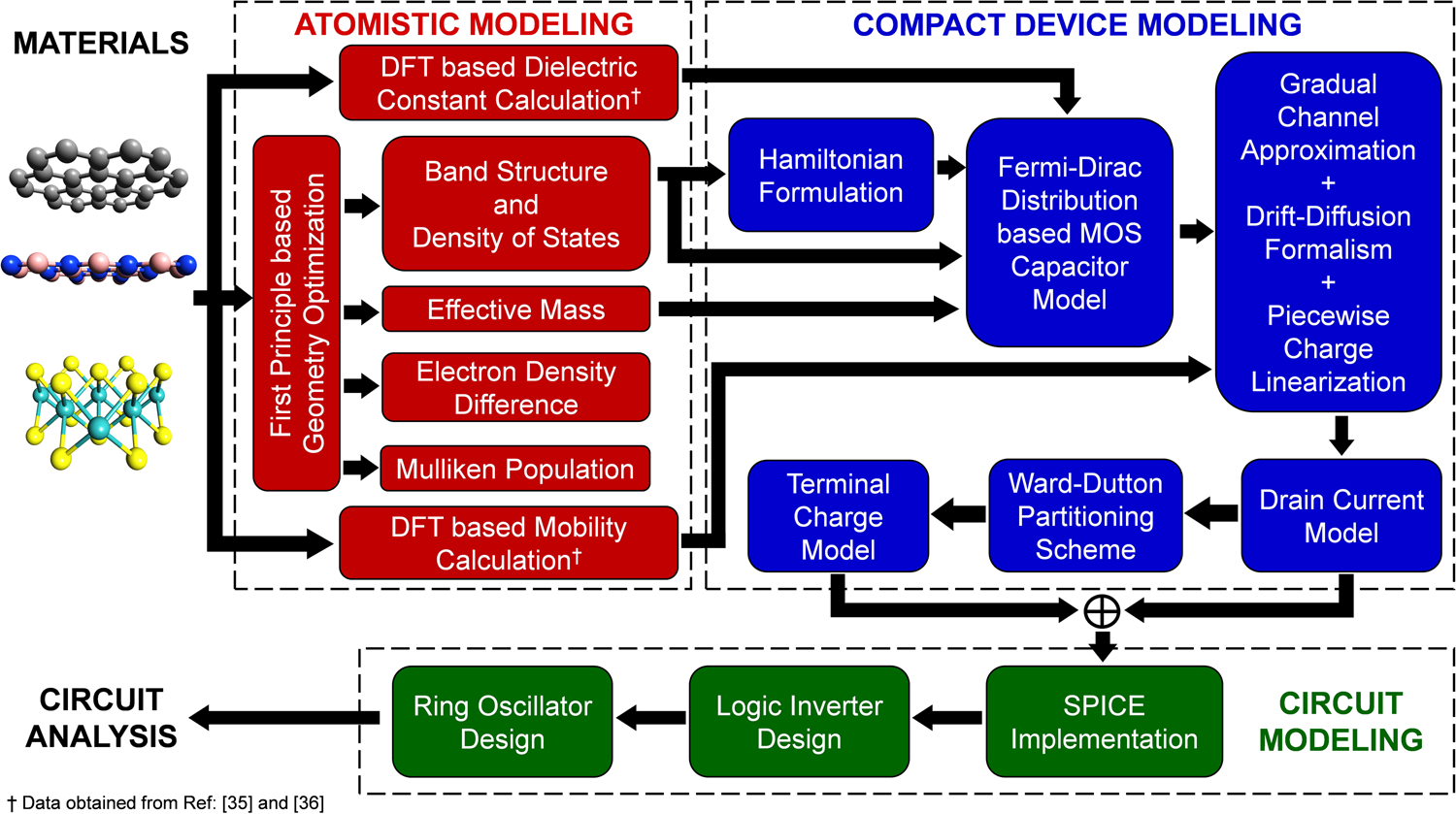

This is because the total current noise is the integration of the noise density, a positive definite quantity, over all the allowable energy levels. Considering equations (1, 2, 3, 4), it can be seen that the decrease of noise can be achieved by reducing the energies of electrons that participate in the transport. Reducing energy dissipation and noise in nanoscale electronics are important challenges in the design of 2-D circuits and systems. Lett.Where G is the total conductance, N E is the current noise over a finite energy domain, and N ∞ is the generalized Nyquist noise formula which reduces to Johnson-Nyquist thermal noise 4 K B TG in the limit of and the quantum zero-point noise 2ℏ ωG in the limit of. 11(3) (2012)Ĭhoudhary, S., Qureshi, S.: Theoretical study on the effect of dopant positions and dopant density on transport properties of a BN co-doped SiC nanotube. J., Iyakutti, K., Mizuseki, H., Kawazoe, Y.: Tuning electronic structure of graphene: a first-principles study. Sughara, S., Tanaka, M.: A spin metal-oxide-semiconductor field-effect transistor using half-metallic-ferromagnet contacts for the source and drain. B 80, 035408 (2009)īratkovsky, A.M.: Tunneling of electrons in conventional and half-metallic systems: towards very large magnetoresistance. V., Pasquarello, A.: Magnetoresistive junctions based on epitaxial graphene and hexagonal boron nitride. Karpan, V.M., Giovanetti, G., Khomyakov, P.A., Talanana, M., Starikov, A.A., Zwierzycki, M., van den Brink, J., Brocks, G., Kelly, P.J.: Graphite and graphene as perfect spin filters. T.: Graphene as a tunnel barrier: graphene-based magnetic tunnel junctions. Kheirabadi, N., Shafiekhani, A., Fathipour, M.: Review on graphene spintronic, new land for discovery. Semenov, Y.G., Kim, K.W., Zavada, J.M.: Spin field effect transistor with a graphene channel. Li, W., Xue, L., Abruna, H.D., Ralph, D.C.: Magnetic tunnel junctions with single-layer-graphene tunnel barriers. 12(6) (2013)Ĭobas, E., Friedman, A.L., van’t Erve, O.M.J., Robinson, J.T., Jonker, B.T.: Graphene based magnetic tunnel junction. 109(1), 79–90 (1992)Ĭhakraverty, M., Kittur, H.M., Arun Kumar, P.: First principle simulations of various magnetic tunnel junctions for applications in magnetoresistive random access memories. Nowak, J., Rauluszkiewicz, J.: Spin dependent electron tunneling between ferromagnetic films. Yao, K.L., Min, Y., Liu, Z.L., Cheng, H.G., Zhu, S.C., Gao, G.Y.: First-principles study of transport of V doped boron nitride nanotube.

Wang, B., Zhu, Y., Ren, W., Wang, J., Guo, H.: Spin-dependent transport in Fe-doped carbon nanotubes. The spin-dependent non-equilibrium transport is also investigated by analyzing the bias-dependent transmission coefficients. The high value of TMR suggests its usefulness in spin valves and other spintronics-based applications. At higher bias voltages in the range of 0.8 to 1.2 V, the TMR does not change much and remains high at ∼88 %. A high value (∼89 %) of tunnel magnetoresistance is obtained at zero bias voltage, which reduces to ∼68 % at a bias voltage of 0.2 V and increases as the bias voltage is increased from 0.4 to 0.6 V.

A large value of tunnel magnetoresistance (TMR) and perfect spin filtration was obtained using HMF electrodes as compared to ferromagnetic electrodes reported in past, which suggest half-metallic ferromagnetic electrodes as a suitable candidate over ferromagnetic electrodes for implementing graphene sheet-based MTJs. I– V characteristics for both parallel and antiparallel magnetization states of the junction are calculated. We investigate the spin-dependent electronic transport properties of magnetic tunnel junction (MTJ) consisting of graphene nanosheet sandwiched between two CrO 2 half-metallic ferromagnetic (HMF) electrodes.


 0 kommentar(er)
0 kommentar(er)
